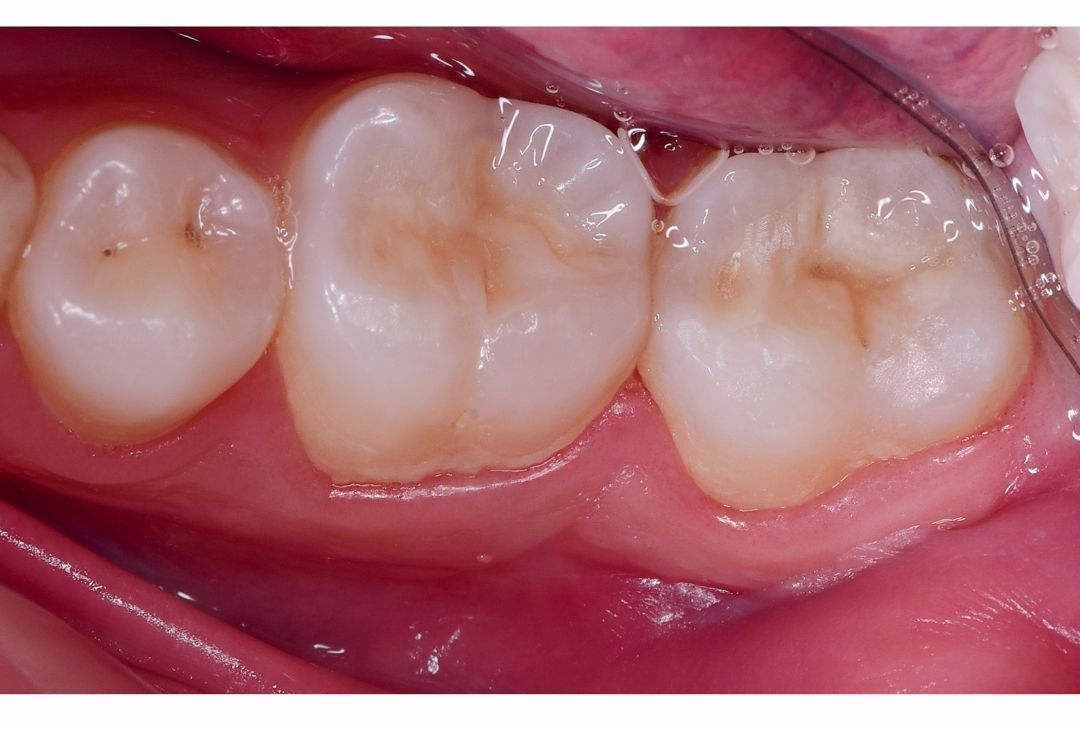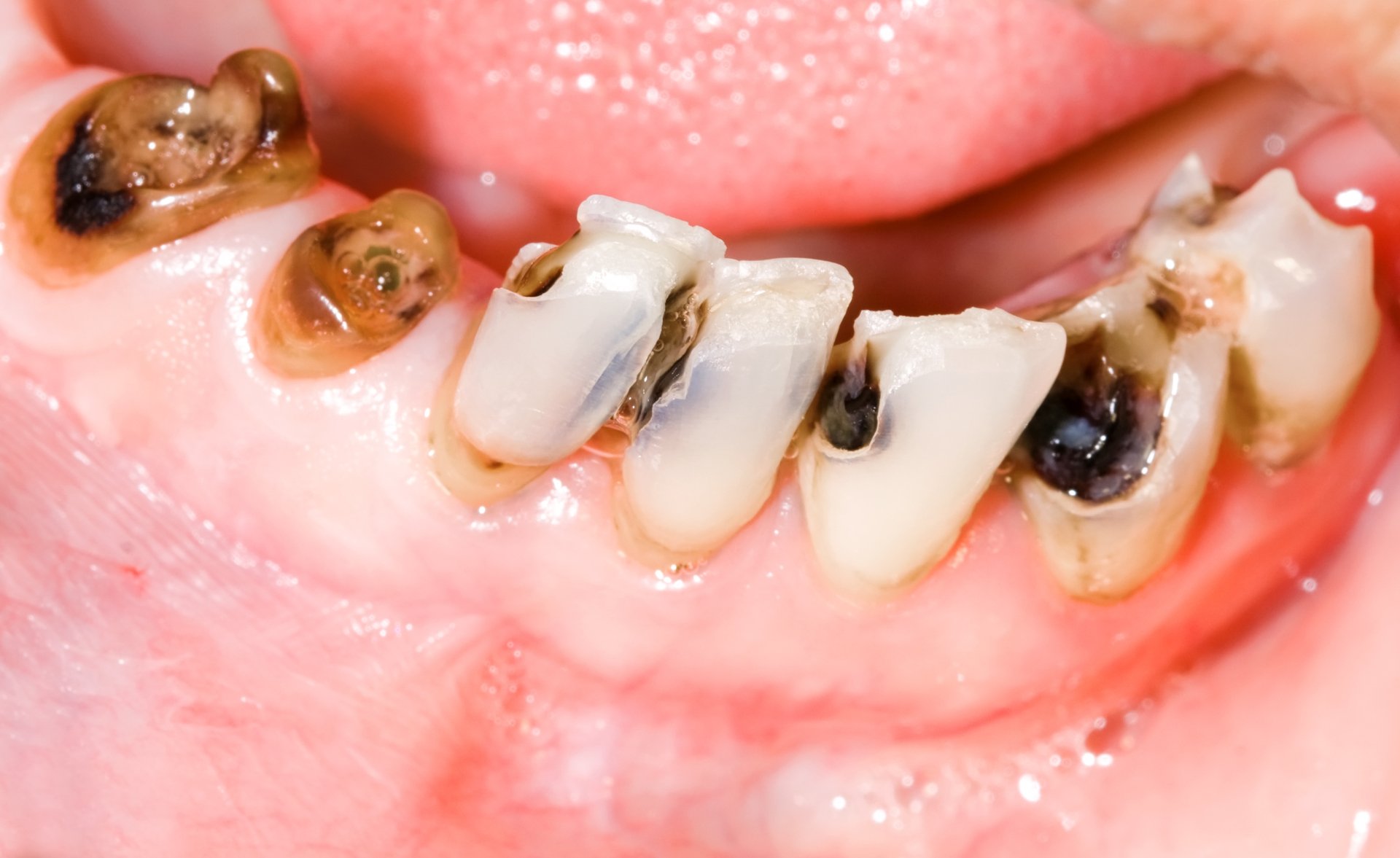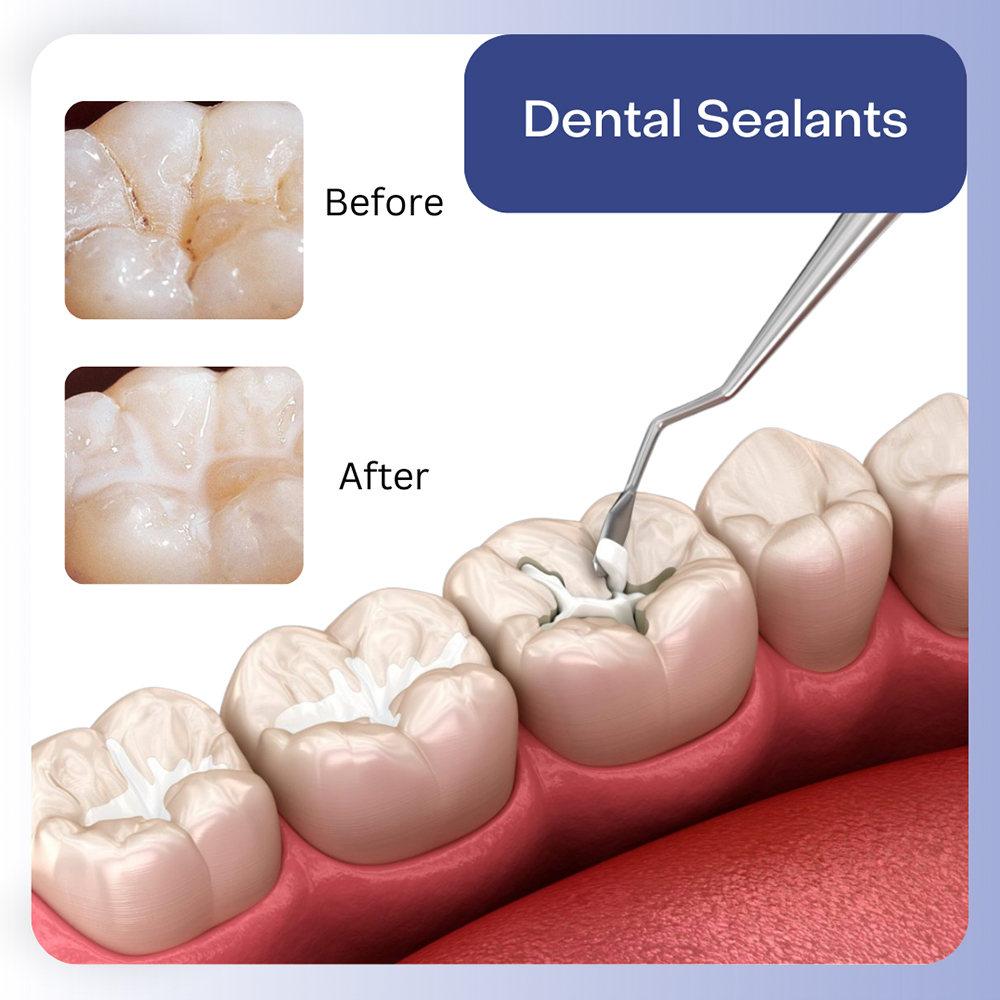What Does a Cavity Look Like? A Complete Guide to Recognizing Tooth Decay

Introduction: Spotting Cavities Before It’s Too Late
Tooth decay is one of the most common dental issues, affecting people of all ages. Early detection can prevent serious damage, but many people aren’t sure how to identify a cavity in its initial stages. This comprehensive guide will help you understand what a cavity looks like, its symptoms, and how you can manage or prevent it from progressing.
What is a Cavity?
A cavity is the result of tooth decay, where acids produced by bacteria in the mouth erode the enamel, eventually causing a hole in the tooth. This hole can vary in size and severity, depending on how long the cavity has been developing.
What Does a Cavity Look Like?
The appearance of a cavity varies based on its stage. Here’s how you can recognize each stage:
1. Early Stage (White Spots)
In the earliest stages, a cavity may not look like much. You might notice a white or chalky spot on your tooth, especially near the gum line. This is a sign of demineralization, meaning the enamel is starting to break down. At this stage, the cavity can still be reversed with proper oral hygiene and fluoride treatments.

2. Brown or Dark Spots
As the decay progresses, the white spot turns into a darker color—brown, gray, or black. These spots are small but noticeable, especially on the molars. Cavities in these stages usually indicate the enamel has been compromised and the decay is moving toward the dentin layer.
3. Visible Holes or Pits
When decay breaks through the enamel, it leaves a visible hole or pit in the tooth. The size can range from small to large, depending on how long the decay has gone untreated. These holes can appear brown, black, or even dark yellow. Sensitivity to hot, cold, or sweet foods becomes more prominent at this stage.

4. Advanced Decay
In the most severe cases, the cavity can cause significant damage, with large holes or even broken pieces of the tooth. If left untreated, this decay can reach the pulp (the inner nerve of the tooth), causing pain, infection, and even abscess formation. At this point, the tooth may require root canal treatment or extraction.

Cavity Locations: Where They Often Appear
Cavities can form anywhere on your teeth, but some areas are more prone to decay:
- Occlusal Surfaces (Biting Surfaces of Molars): These surfaces have grooves and pits that can trap food and bacteria, making them prime spots for cavities.
- Interproximal Areas (Between Teeth): These are common places for cavities, especially if proper flossing isn’t practiced.
- Near the Gum Line: Decay near the gum line can often go unnoticed until it becomes severe.
Signs and Symptoms of Cavities
Besides visual cues, certain symptoms can indicate the presence of a cavity, such as:
- Tooth Sensitivity: Sensitivity to hot, cold, or sweet foods is a common early sign.
- Toothache: As decay progresses, it can cause mild to severe tooth pain.
- Bad Breath: Bacteria buildup can lead to persistent bad breath.
- Discomfort When Biting: Pain when chewing or biting can signal a cavity affecting deeper layers of the tooth.
How to Prevent Cavities
Prevention is key to avoiding the unsightly damage cavities can cause. Here are some tips to keep your teeth healthy:
- Brush Twice a Day: Use fluoride toothpaste to strengthen enamel and remove plaque.
- Floss Daily: Flossing removes debris and bacteria between teeth, where cavities often form.
- Limit Sugary and Acidic Foods: Bacteria feed on sugars, producing acid that erodes enamel.
- Regular Dental Checkups: Dentists can detect early signs of decay and offer professional cleanings.
- Use Fluoride Treatments: Fluoride strengthens enamel, making it more resistant to decay.
For more detailed advice on preventive care, read our guide to maintaining optimal oral hygiene.
Treatment Options for Cavities
If a cavity has already formed, several treatment options are available based on its severity:
- Fluoride Treatments: In the early stages, fluoride can help remineralize and reverse minor decay.
- Dental Fillings: For small to moderate cavities, your dentist will remove the decayed portion of the tooth and fill the space with a dental material like composite resin or amalgam.
- Crowns: If the cavity is large or the tooth is weakened, a crown may be needed to protect and restore the tooth.
- Root Canals: If decay reaches the pulp, a root canal may be necessary to remove the infection and save the tooth.
- Tooth Extraction: In severe cases where the tooth cannot be saved, extraction may be required.
Conclusion: Be Proactive About Your Oral Health
Cavities don’t always present immediate pain, which is why visual inspection and regular dental checkups are so crucial. Understanding what a cavity looks like at each stage can help you take swift action and avoid the more serious consequences of tooth decay.
For more in-depth information about oral care, check out our other guides on tooth sensitivity and enamel erosion. Keeping your teeth healthy starts with staying informed!
FAQs
1. Can cavities heal on their own?
No, cavities cannot heal without intervention. However, early-stage decay (white spots) can be reversed with fluoride treatments and proper care.
2. What happens if a cavity goes untreated?
Untreated cavities can lead to severe tooth damage, pain, infection, and even tooth loss.
3. How often should I visit the dentist to catch cavities early?
It’s recommended to visit your dentist every six months for cleanings and checkups.
References
- American Dental Association. “Tooth Decay: Prevention and Treatment.” Retrieved from www.ada.org.
- National Institute of Dental and Craniofacial Research. “Dental Caries (Tooth Decay) in Adults (Age 20 to 64).” Retrieved from www.nidcr.nih.gov.
- Mayo Clinic. “Cavities/Tooth Decay.” Retrieved from www.mayoclinic.org.








